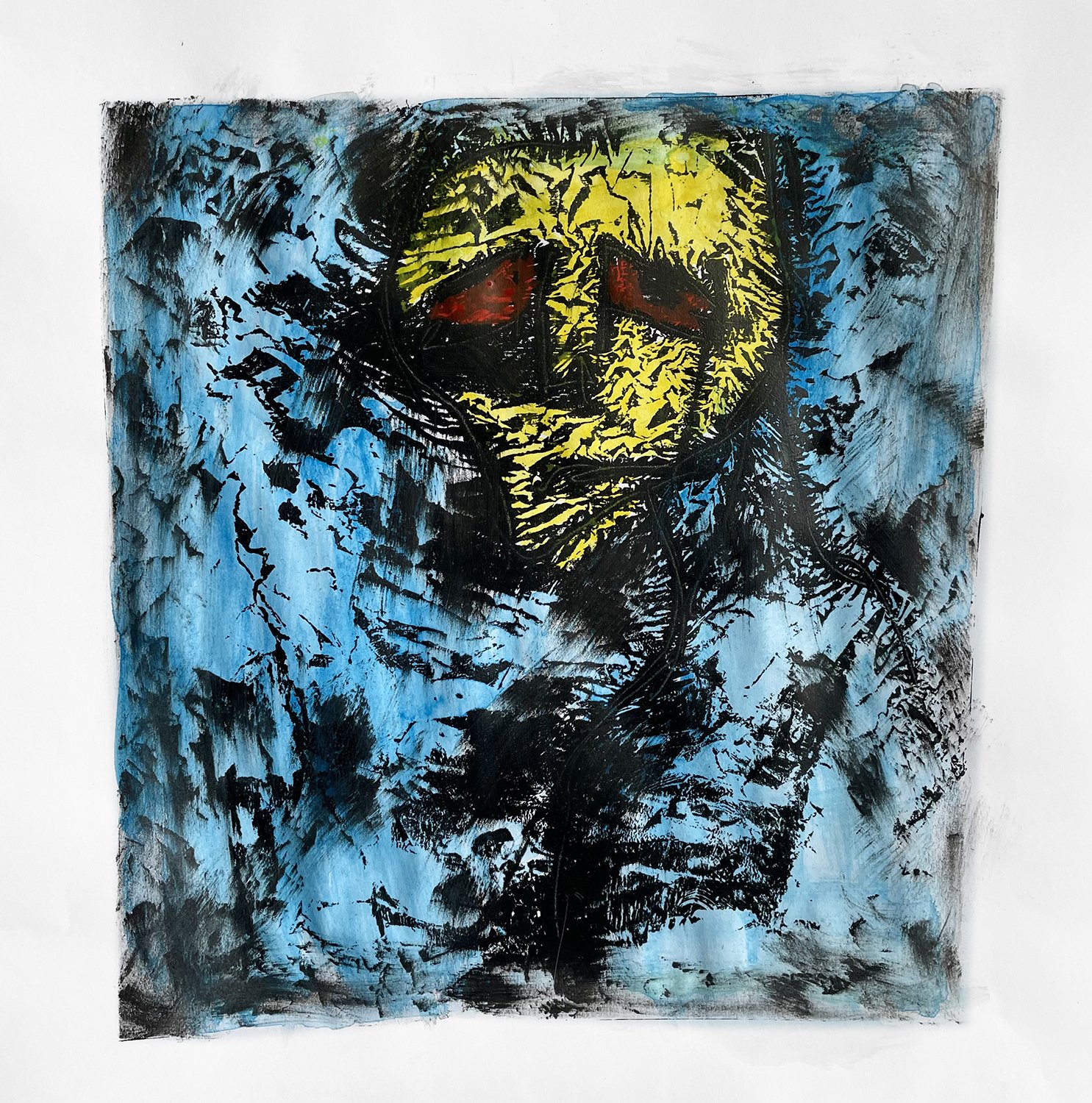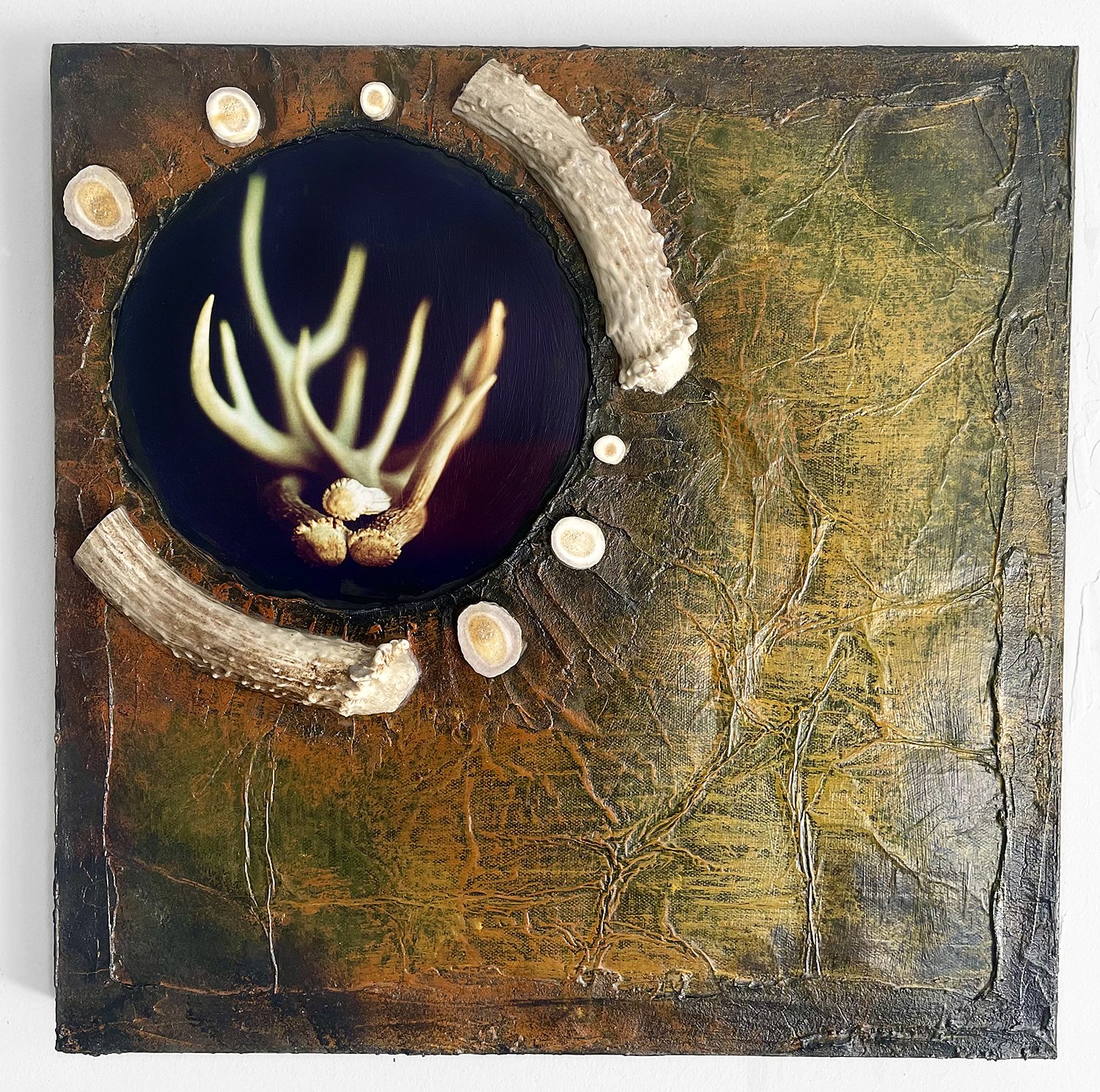There’s no question—you’re neurotic. We all are, at least to some degree. It's a spectrum; the real question is, how neurotic are you?
If you’re a creative type, odds are you lean a little heavier on that scale than most. Artists tend to feel things more deeply—they’re more sensitive to emotional undercurrents, more affected by loss, conflict, absurdity, and even silence. That kind of heightened awareness can become a burden. And for many, it leads to withdrawal. You’re not interested in small talk or cocktail parties. You’d rather sit with the ache of things than skim the surface.
If you’re reading this and thinking, “Yeah, that’s me,” that’s not a flaw. It’s just a truth. But here’s the catch—if you don’t have some kind of creative outlet, some way to metabolize that existential weight, life can get pretty dark. Neuroticism without expression is a slow bleed. Creativity is what keeps it from turning into despair.
My work is centered around how artists manage neuroticism, especially the mainspring of it—the fear of not existing anymore. It’s the implications of death that concern us, not really death itself (although for some, the death part is a big deal). What are the implications? The question revolves around meaning and significance. Was my life meaningful? Did I matter? Have I made any difference? Will I be remembered?
These aren’t casual questions. They sit under the surface of everything we do. For artists, they show up in the studio, in the darkroom, in the act of making. The work becomes a kind of wrestling match with invisibility. We create not just to be seen, but to prove—to ourselves, maybe more than anyone else—that we were here. That this inner world we carry meant something.
I believe creative work is one of the few ways to confront the void without collapsing into it. It gives form to the formless, voice to the silence. It’s not therapy, exactly—but it is a kind of existential hygiene. A way of making peace, if not with death itself, then with the tremors it sends through a conscious life.
“Rank asked why the artist so often avoids clinical neurosis when he is so much a candidate for it because of his vivid imagination, his openness to the finest and broadest aspects of experience, his isolation from the cultural worldview that satisfies everyone else. The answer is that he takes in the world, but instead of being oppressed by it, he reworks it in his own personality and recreates it in the work of art. The neurotic is precisely the one who cannot create—the “artiste-manque,” as Rank so aptly called him. We might say that both the artist and the neurotic bite off more than they can chew, but the artist spews it back out again and chews it over in an objectified way, as an external, active work project. The neurotic can’t marshal this creative response embodied in a specific work, and so he chokes on his introversions. The artist has similar large-scale introversions, but he uses them as material.” Ernest Becker, The Denial of Death
The main point of my book is about this. It’s about my personal experience as an artist and how that has affected my relationship with death. There is no doubt artists cope with death anxiety in a different way. The problem is how neurotic they are, how extreme they are when it comes to their inability to deal with existential problems. The non-creative person, or as Rank called them, the artiste manqué, has no chance to resolve their issues through an external process. You can witness this every day in the world. Creative types have a chance to transform the anxiety into something interesting or beautiful. The problem is that they need to be conscious of the process for it to work well.
That’s the real paradox: the gift is there, but if you don’t realize what you’re doing—if you’re not aware that your art is a kind of transmutation of death anxiety—then the process can still collapse in on itself. You can end up consumed by the very thing you’re trying to escape. The work might get made, but it won't heal. It won’t clarify. It won’t liberate. And it definitely won’t confront mortality.
Becker, Rank, even Kierkegaard—they all understood that some kind of creative striving was essential. Not just as expression, but as salvation. But it has to be done with eyes open. That’s what I’m arguing. That consciousness is the key—not just of death, but of the internal machinery we build to cope with it. Otherwise, even the most beautiful art can become another mask. Another form of denial.














